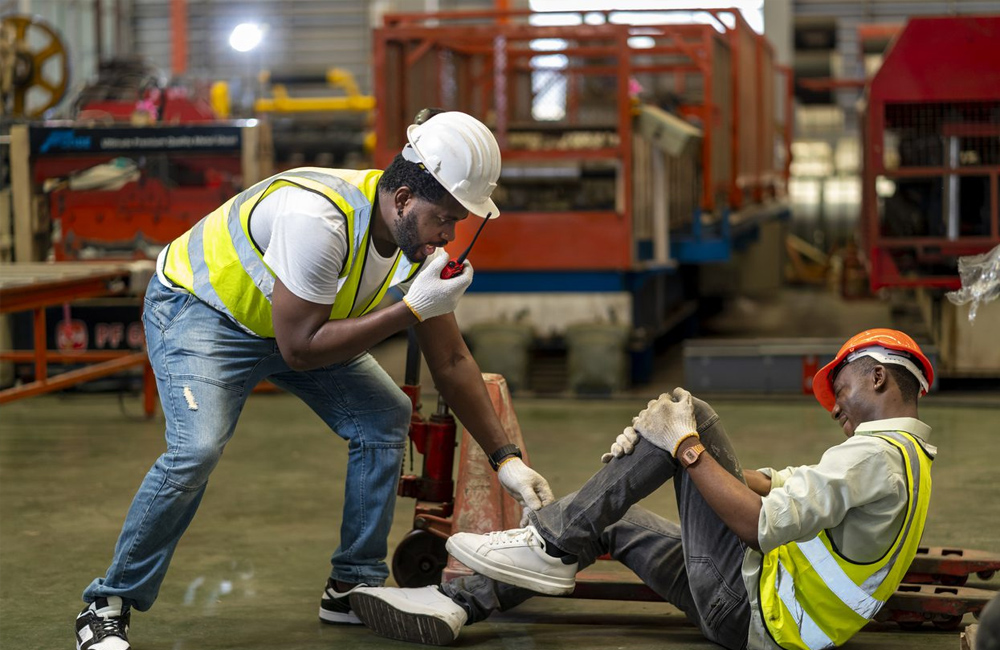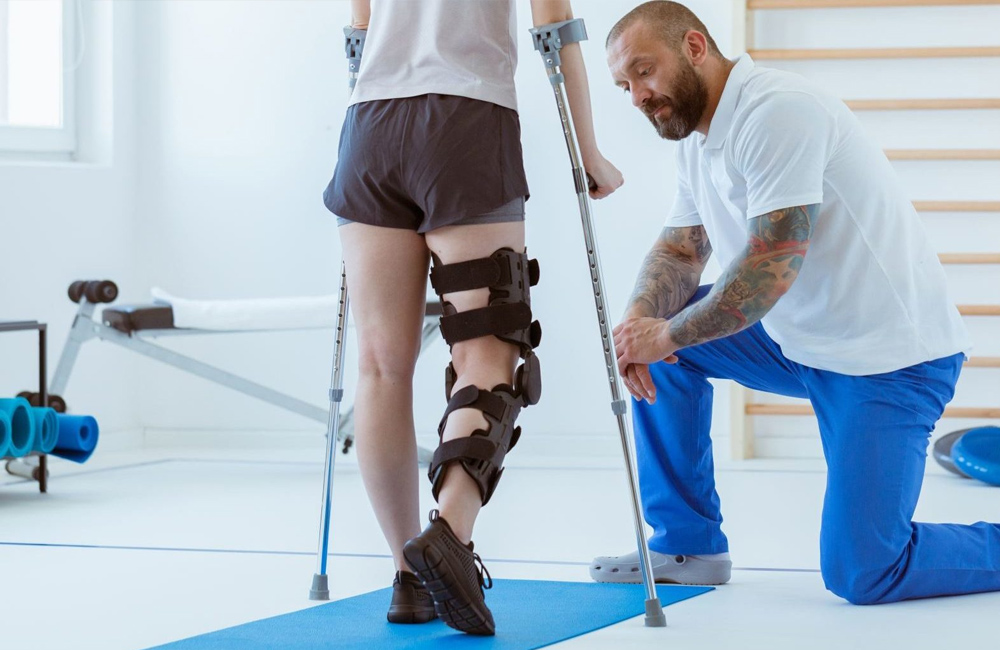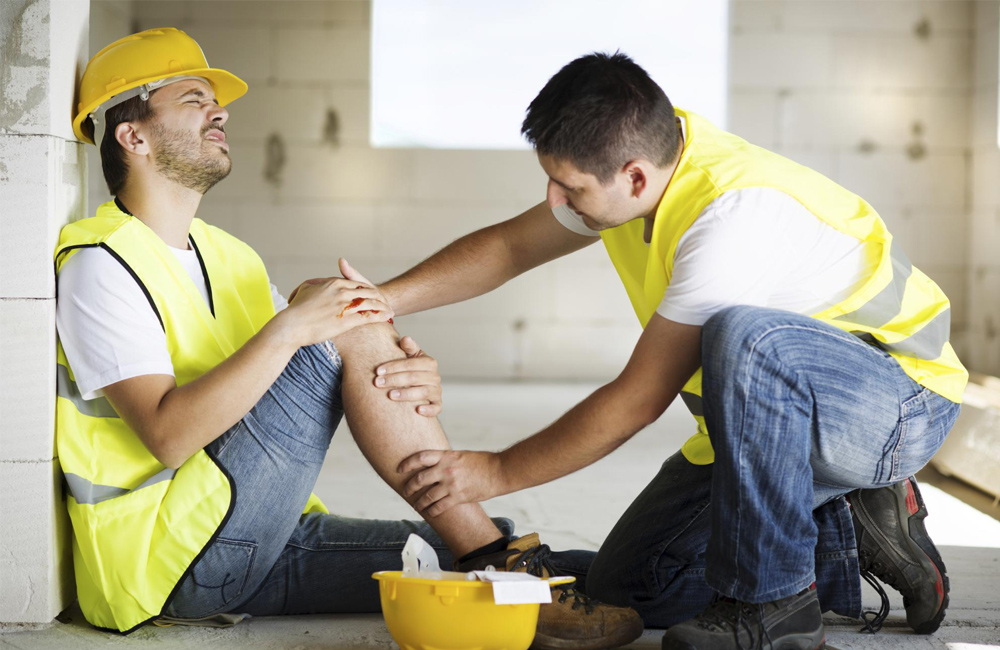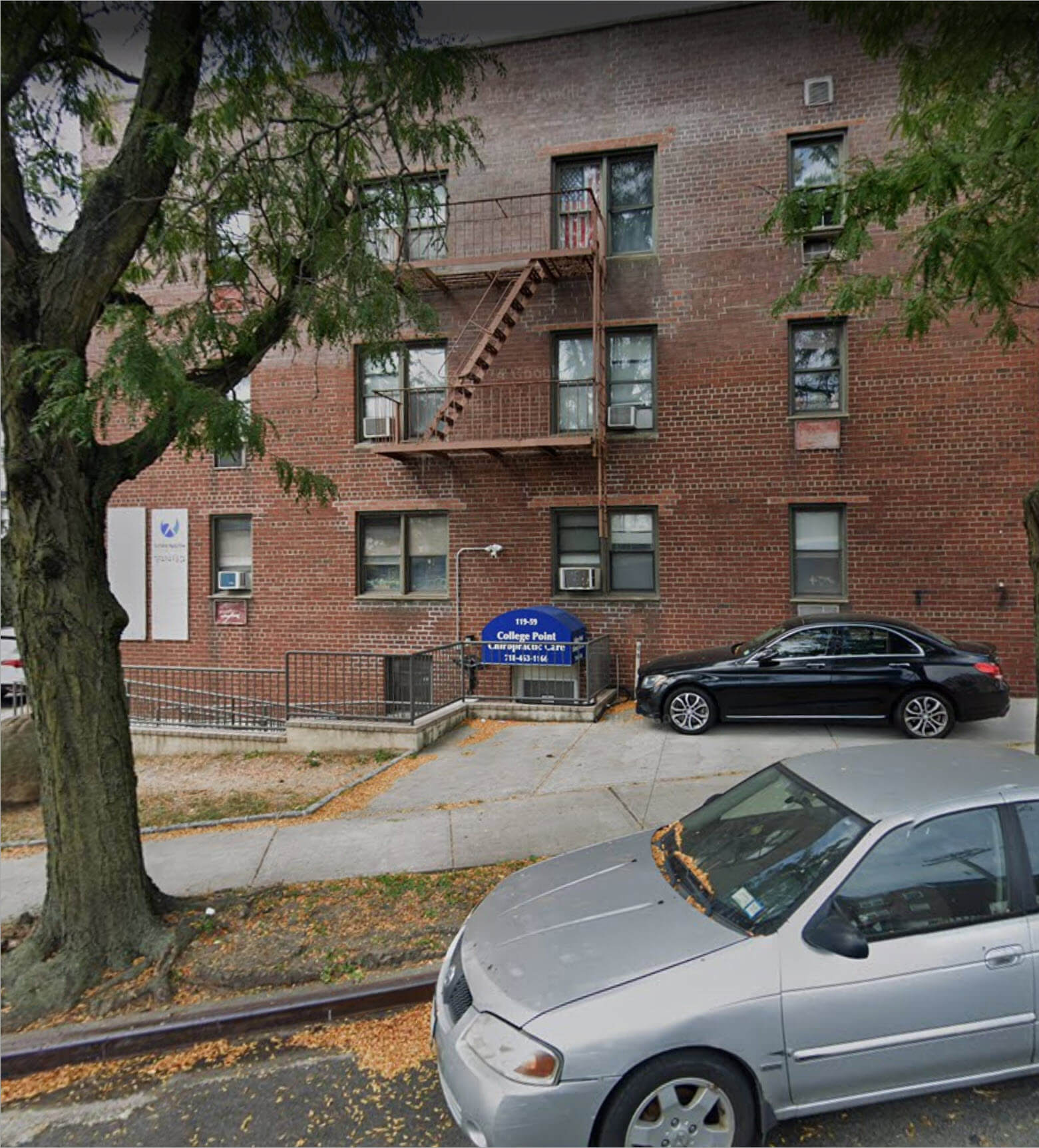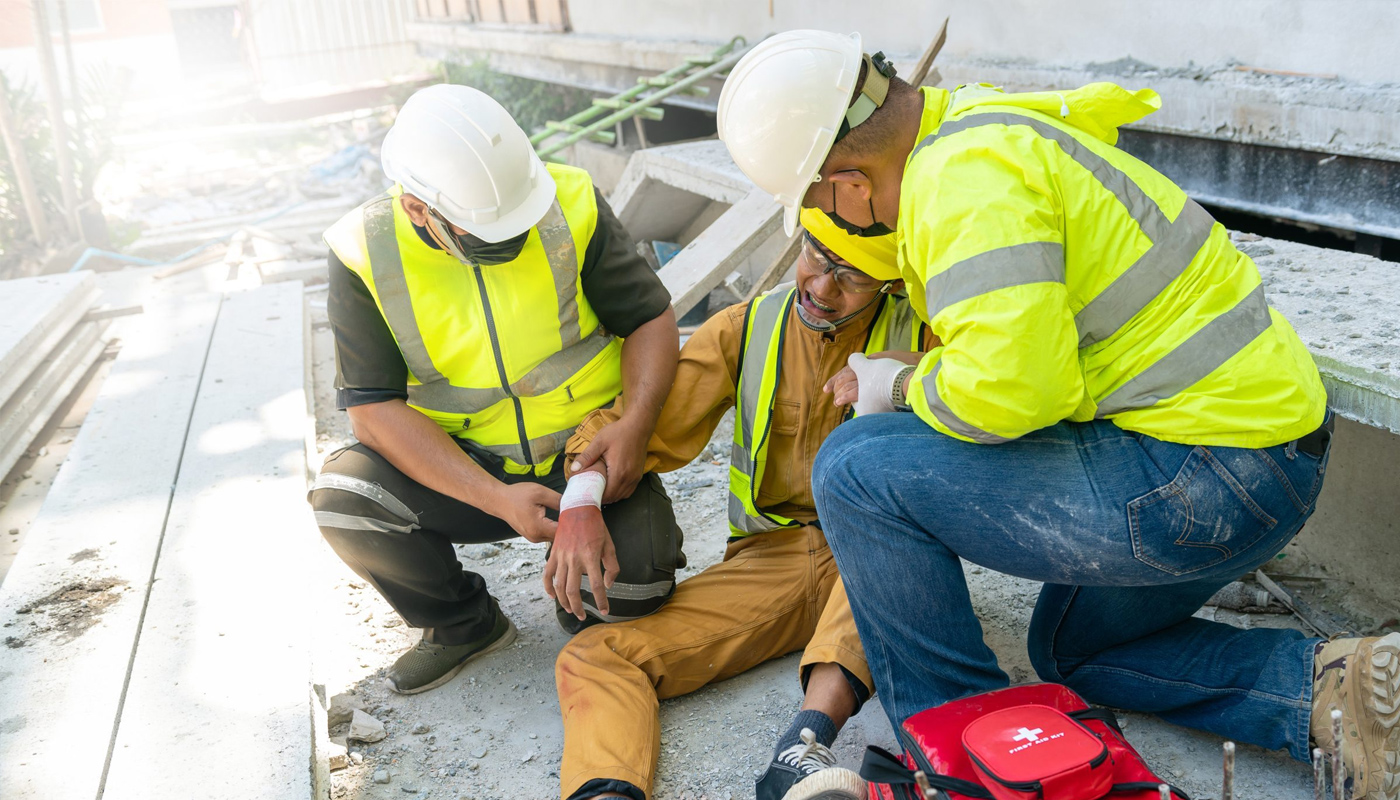
Construction accidents can result in a wide range of injuries, from minor sprains to more severe conditions, such as orthopedic and brain injuries. Physical therapy plays a crucial role in rehabilitation, helping injured workers return to their daily activities and manage pain effectively. It is vital to discuss the comprehensive role of physical therapy in construction accident injury rehabilitation, highlighting the specialized strategies that physical therapists employ to ensure a successful recovery.
Importance of Physical Therapy in Construction Accidents
Physical therapy is essential for anyone recovering from a construction accident, as it addresses various physical impairments and functional limitations. This specialized care focuses on restoring range of motion, improving mobility, and enhancing overall quality of life. Through personalized treatment plans, physical therapists work closely with patients to tailor interventions that meet their rehabilitation needs.

Types of Physical Therapy in Construction Injury Rehabilitation
1. Orthopedic Physical Therapy:
This is one of the most common forms of therapy used in construction accident recovery. It deals primarily with injuries related to bones, joints, muscles, and tendons. Orthopedic therapists are skilled in diagnosing and treating injuries in the injured area and often use techniques that include exercises designed to strengthen the body and prevent future injuries.
2. Occupational Therapy:
Often used alongside physical therapy, occupational therapy helps individuals regain their ability to perform daily activities through therapeutic approaches. This may include adaptations to the work environment or the home, ensuring that individuals can navigate their lives safely and effectively.
3. Sports Injury Rehabilitation:
While typically associated with athletic injuries, sports rehabilitation techniques are also highly effective in treating construction accidents, especially since many of the physical demands of construction work are similar to those in sports. Physical therapists specializing in sports injuries might work with athletic trainers to develop recovery programs that restore function and enhance physical performance.

The Rehabilitation Process
The rehabilitation process for construction accidents is comprehensive and multifaceted, involving several stages:
1. Initial Assessment:
Physical therapists conduct a thorough evaluation to determine the extent of the injury and the patient’s specific needs. This assessment forms the basis for the personalized treatment plan.
2. Pain Management:
Managing pain is crucial in the early stages of rehabilitation. Physical therapists use various techniques to reduce discomfort, including manual therapy, modalities like heat or ice, and specialized exercises that promote healing and reduce inflammation.
3. Mobility Improvement:
As the patient progresses, the focus shifts to improving mobility and range of motion. Therapists employ a combination of stretching, strengthening exercises, and joint mobilization techniques to enhance movement and flexibility.
4. Functional Training:
Physical therapists incorporate functional training into the recovery process to ensure that patients can return to work and perform their daily activities. This training is designed to simulate everyday work tasks and activities that the patient will encounter, helping them return to their pre-injury lifestyle.
5. Preventing Future Injuries:
Education is a vital component of the rehabilitation process. Physical therapists instruct patients on how to avoid future injuries by teaching proper techniques for lifting, bending, and other job-specific movements.
The Role of Physical Therapists in Continuous Care
Physical therapists are committed to the long-term health and safety of their patients. Beyond initial rehabilitation, they offer guidance on maintaining fitness and managing any lingering issues related to the injury. This ongoing support is crucial for preventing recurrent injuries and ensuring patients can lead active, fulfilling lives after returning to work.
Frequently Asked Questions:
How long does physical therapy typically last for construction accident injuries?
The duration of physical therapy depends on the severity and type of the injury. Minor injuries may require a few weeks, while more severe injuries could need several months of therapy. Consistent evaluation by a physical therapist will help adjust the timeline based on recovery progress.
Can physical therapy help with the psychological impacts of construction injuries?
Yes, physical therapy can indirectly help with psychological impacts such as anxiety and depression often associated with injury recovery. Engaging in therapy and regaining physical abilities can boost mental health and overall well-being.
Is physical therapy covered by workers’ compensation insurance?
In most cases, physical therapy needed due to a work-related injury, like those commonly seen in construction accidents, is covered under workers’ compensation insurance. However, verifying the specifics with your employer or insurance provider is essential.
Maximizing Recovery Through Physical Therapy for Construction Injuries
The role of physical therapy in rehabilitating construction accident injuries is vital. By providing targeted treatments tailored to each patient’s specific injuries and needs, physical therapists at facilities like InjuryDocsNow help workers regain strength, functionality, and confidence to return to their daily and professional lives. If you or someone you know has been injured in a construction accident, consider the profound benefits of physical therapy in achieving a successful and sustainable recovery.
Visit Injury Docs Now today to find the right doctor and get the care and support you need for both your recovery and legal success.


